Introduction
When you watch Japanese fantasy anime, you’ll often find worlds reminiscent of medieval Europe.
Filled with castles, knights, wizards, and dragons, these stories are rich with traditional Western fantasy elements.
Why do Japanese creators favor this kind of setting? In this article, we’ll explore the background and reasons behind this phenomenon. How do you feel about this trend?
1. Universal Fantasy Imagery
Chivalry, Magic, and Adventure
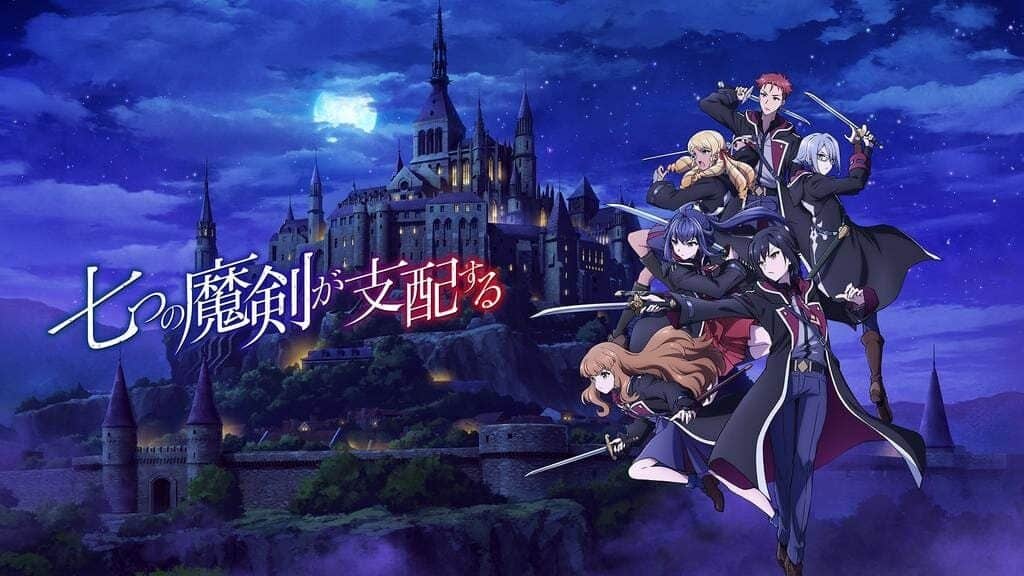
These elements form the common fantasy imagery shared by many people worldwide.
Medieval Europe has long been depicted in literature and art as the quintessential stage for expressing these themes.
Scenes of knights wielding swords, wizards casting spells, and heroes embarking on unknown adventures are beloved staples of the fantasy genre.
Heroic Epics
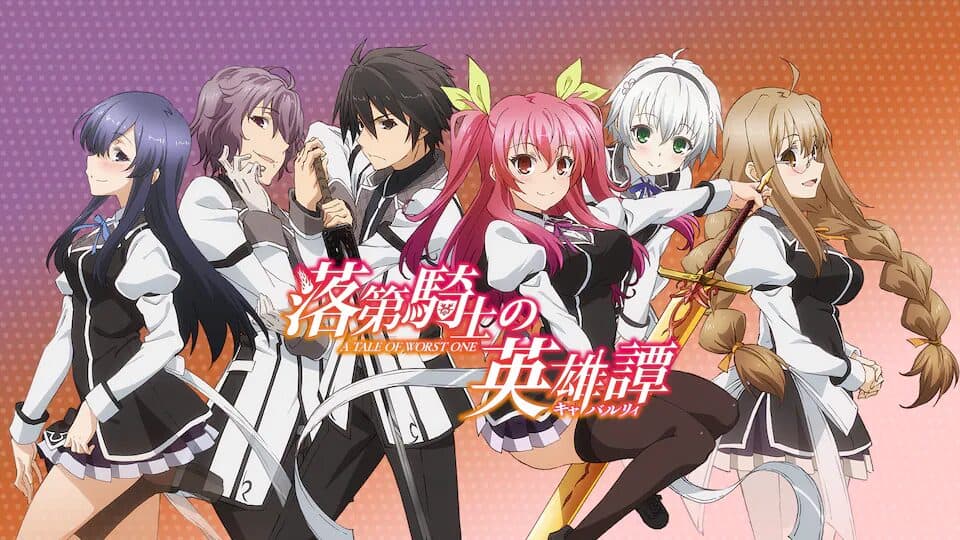
Legends like King Arthur and works like “The Lord of the Rings,” set in medieval Europe, have become the foundation for many fantasy stories.
Creators influenced by these tales naturally look to medieval Europe when building the worlds of their own works.
2. Visual Appeal
Castles, Forests, and Medieval Attire
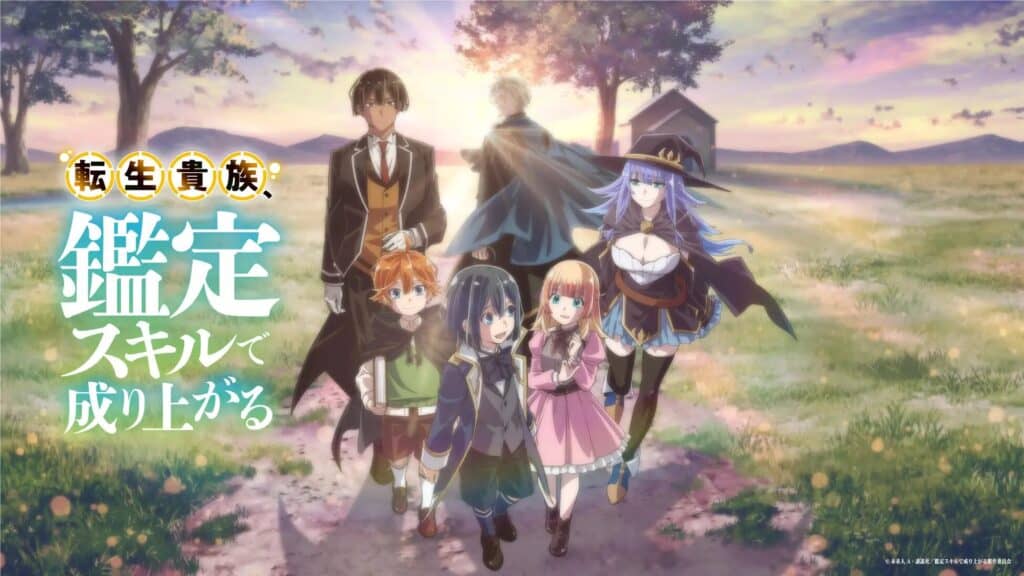
Medieval European elements enrich fantasy worlds and enhance their visual beauty.
Grand castles, mystical forests, and elegant medieval costumes are highly effective in the visual medium of animation.
These features add depth and allure to stories, sparking the imagination of viewers.
3. Contrast with Japanese Culture
Yearning for Foreign Cultures
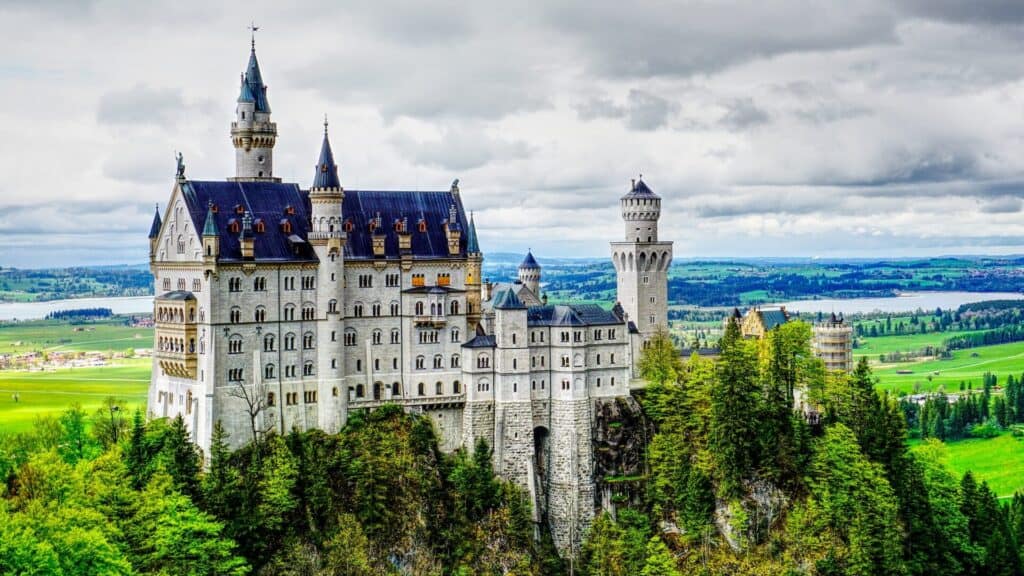
Medieval Europe, with its distinct culture, represents a kind of otherworldly realm for Japanese people and becomes an object of fascination.
Exotic settings filled with foreign allure provide a sense of liberation and freshness from everyday life, deepening immersion in the story.
Fusion with Traditional Japanese Culture
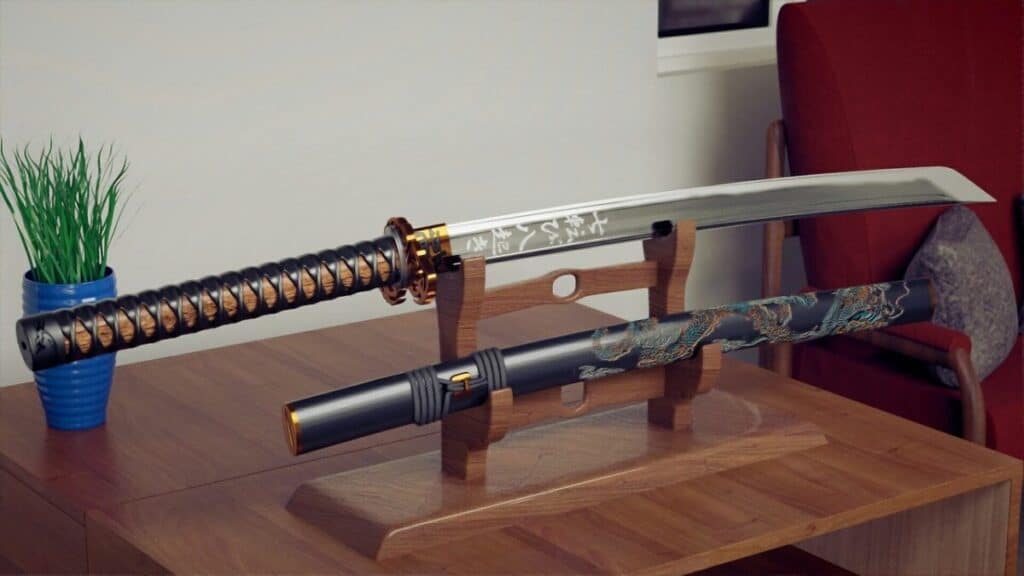
Incorporating traditional Japanese elements—such as kimonos and swords—into medieval European backgrounds can create new and captivating aesthetics.
This blend of Eastern and Western worlds is a result of Japanese creators’ ingenuity in pursuing uniqueness.
4. Influence of Western Fantasy Literature
Notable Works
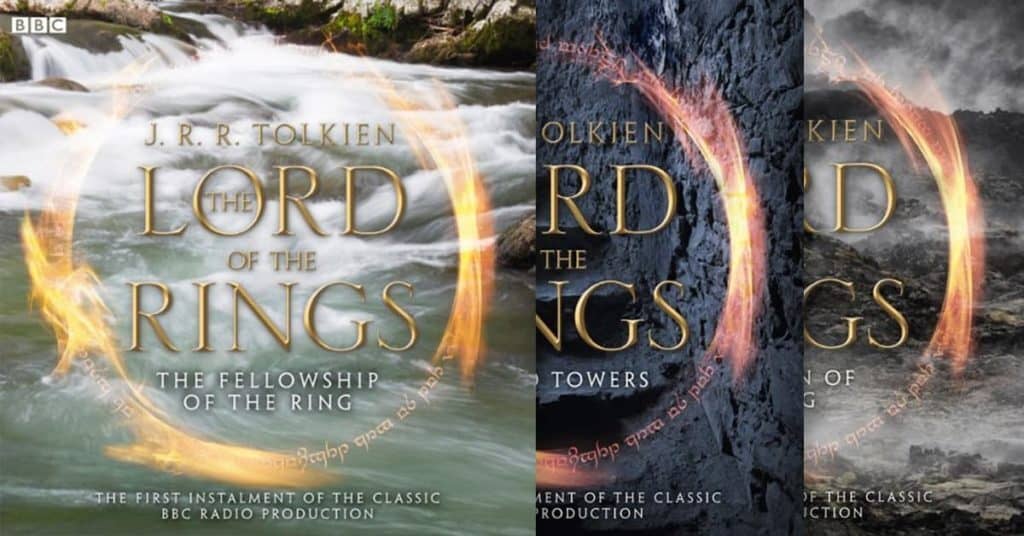
Western fantasy literature has had an immeasurable impact on Japan. Works like J.R.R. Tolkien’s “The Lord of the Rings” and C.S. Lewis’s “The Chronicles of Narnia” have garnered many fans, inspiring creators with their expansive worlds and compelling narratives.
Reception in Japan
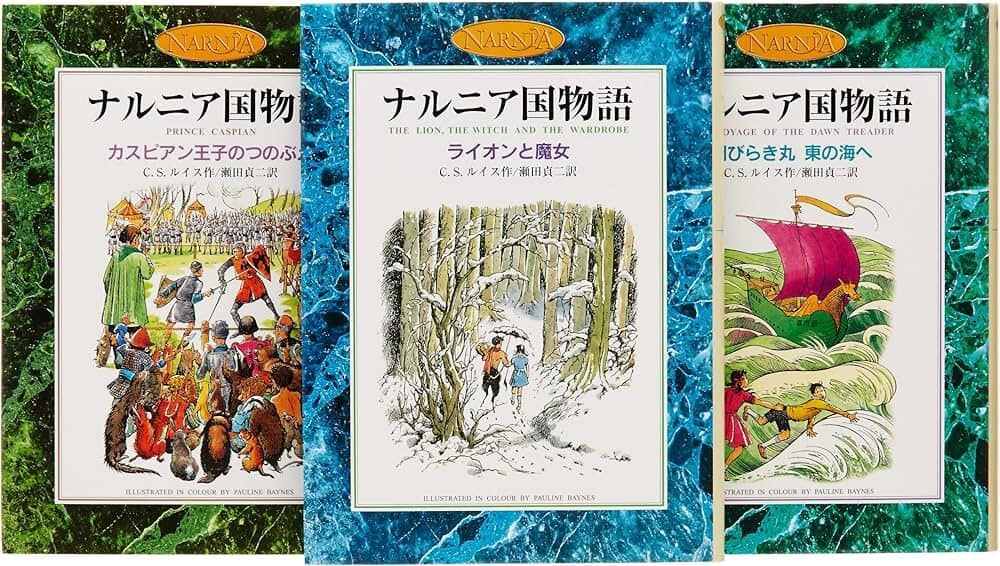
These stories have been translated and embraced by Japanese readers, with their essence incorporated into manga, anime, games, and other media.
Medieval European settings have become a rich source of inspiration for Japanese creators.
5. Proliferation of Role-Playing Games (RPGs)
Games and Anime Connection
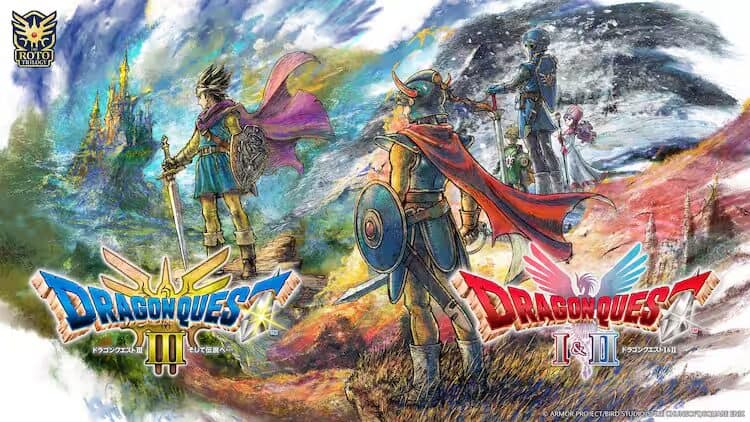
In the 1980s and 1990s, Japanese RPGs like “Dragon Quest” and “Final Fantasy” became massive hits.
These games featured medieval European-style worlds with magic, monsters, and quests.
Impact on Anime
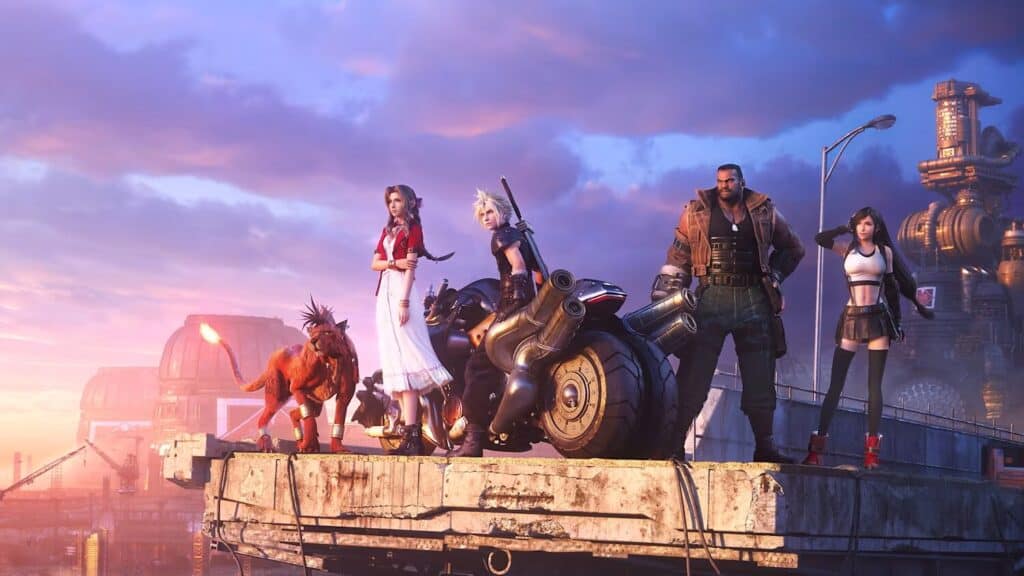
The success of these games influenced the anime industry.
Creators involved in game scenarios and character designs brought their expertise to anime production, allowing these captivating worlds to permeate the medium.
6. Cultural Fusion and Unique Interpretations
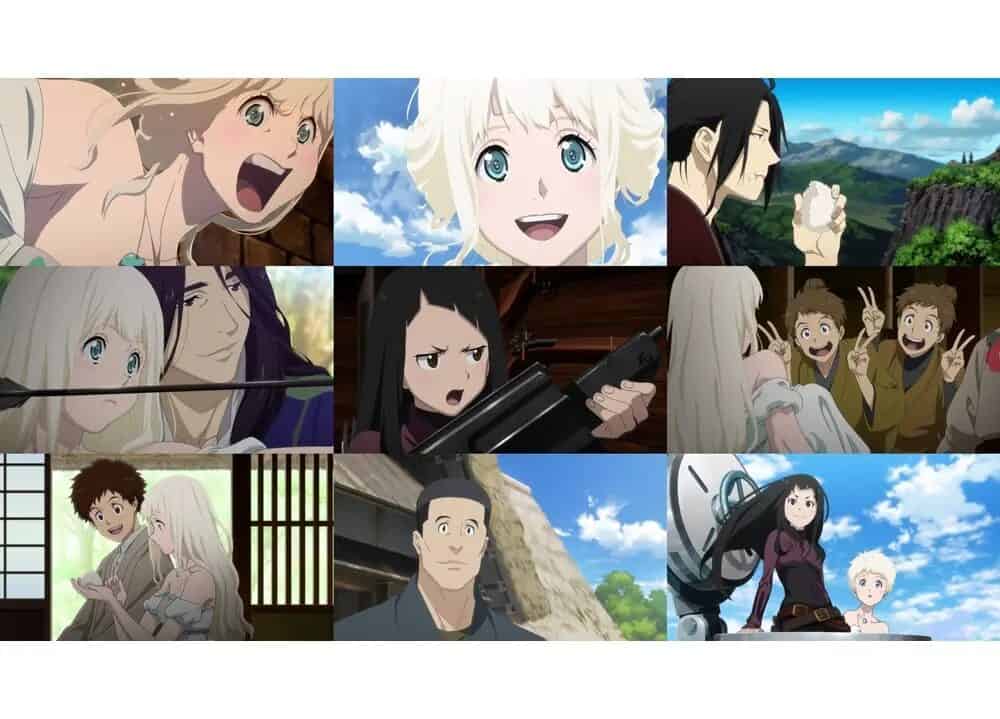
Hybrid Worlds
Japanese fantasy anime often fuse medieval European elements with unique Japanese values and philosophies.
For instance, traditional Japanese figures like samurai and ninja sometimes appear in European-style settings.
Pursuit of Originality
This cultural blending allows Japanese anime to craft distinctive worlds.
By integrating Western elements with Japanese aesthetics and storytelling, new and innovative fantasy works are continually being created.
7. Rise of Alternative Settings
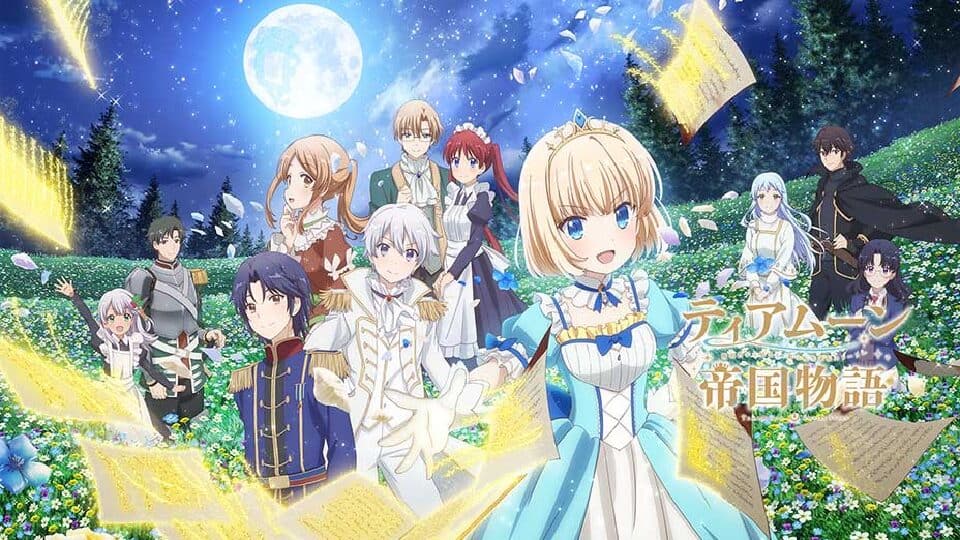
In recent years, more anime are exploring settings beyond medieval Europe. Stories set in Japanese history or entirely original worlds are becoming more common.
This trend reflects the expanding creative freedom in animation, enabling creators to explore diverse narratives.
8. Globalization and International Appeal
Worldwide Acceptance
Anime has become a global medium, enjoyed by audiences around the world. Medieval European settings are familiar to international viewers, reducing cultural barriers.
Marketing Strategies
Crafting works with a global audience in mind plays a significant role in attracting international fans.
Fantasy stories with universal themes and accessible settings, like those inspired by medieval Europe, fit well within this strategy.
9. Case Studies of Notable Works
“Attack on Titan”
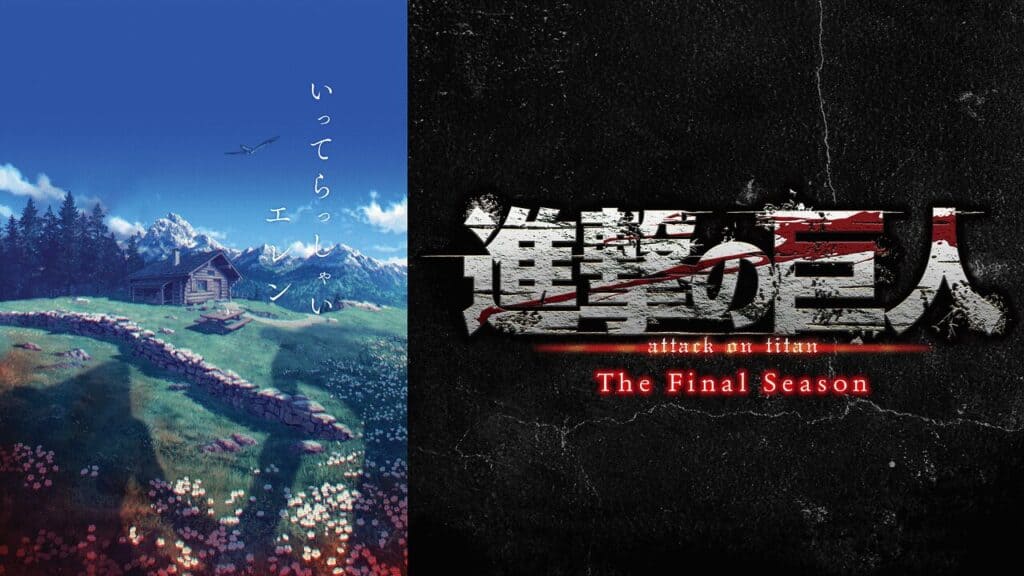
Set in a world with medieval European-style cities and technology, this series depicts humanity’s struggle against Titans.
Its unique setting and intense storyline have earned high praise both domestically and internationally.
“The Seven Deadly Sins”
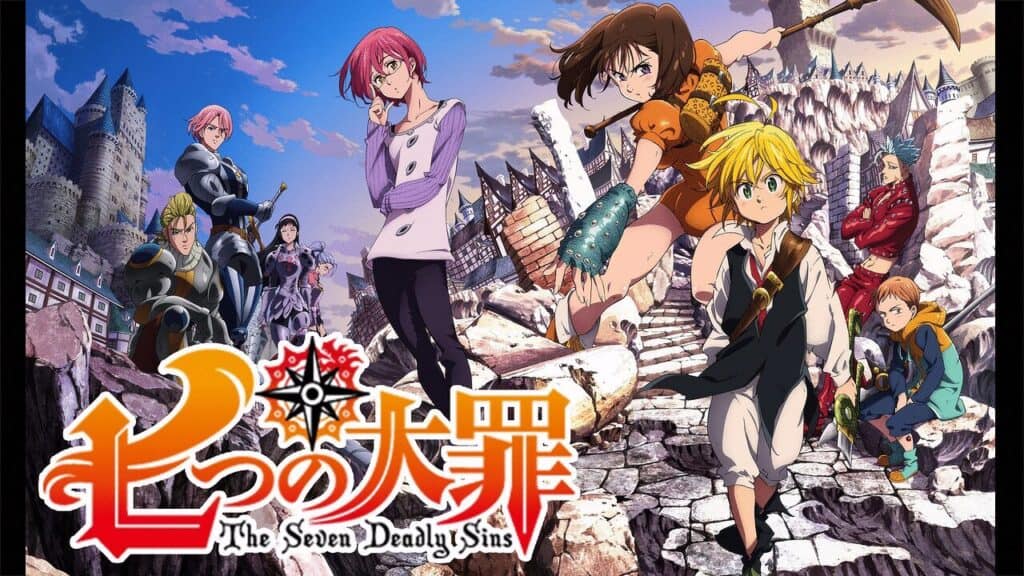
Focusing on a legendary order of knights, this fantasy adventure incorporates magic and epic quests.
Drawing on chivalry and European legends, the series shines with its distinctive characters and humor.
Other Examples
Titles like “Berserk” and “Sword Art Online” are also known for their medieval European-inspired worlds, each offering unique approaches to fantasy storytelling.
10. Inviting Reader Engagement
What are your thoughts on Japanese fantasy anime choosing medieval European settings? We’d love to hear your opinions on the following questions:
- What is your favorite medieval European-style anime?
- How do you perceive medieval Europe as depicted in Japanese anime?
- Are there other settings you’d like to see explored in anime?
Conclusion
The prevalence of medieval European settings in Japanese fantasy anime results from a combination of historical influences, cultural factors, and the expressive nature of animation.
However, this is not a fixed trend. We can look forward to a variety of settings in future fantasy anime, reflecting the evolving creativity of their creators.
Thank you for reading. We eagerly await your thoughts and impressions.
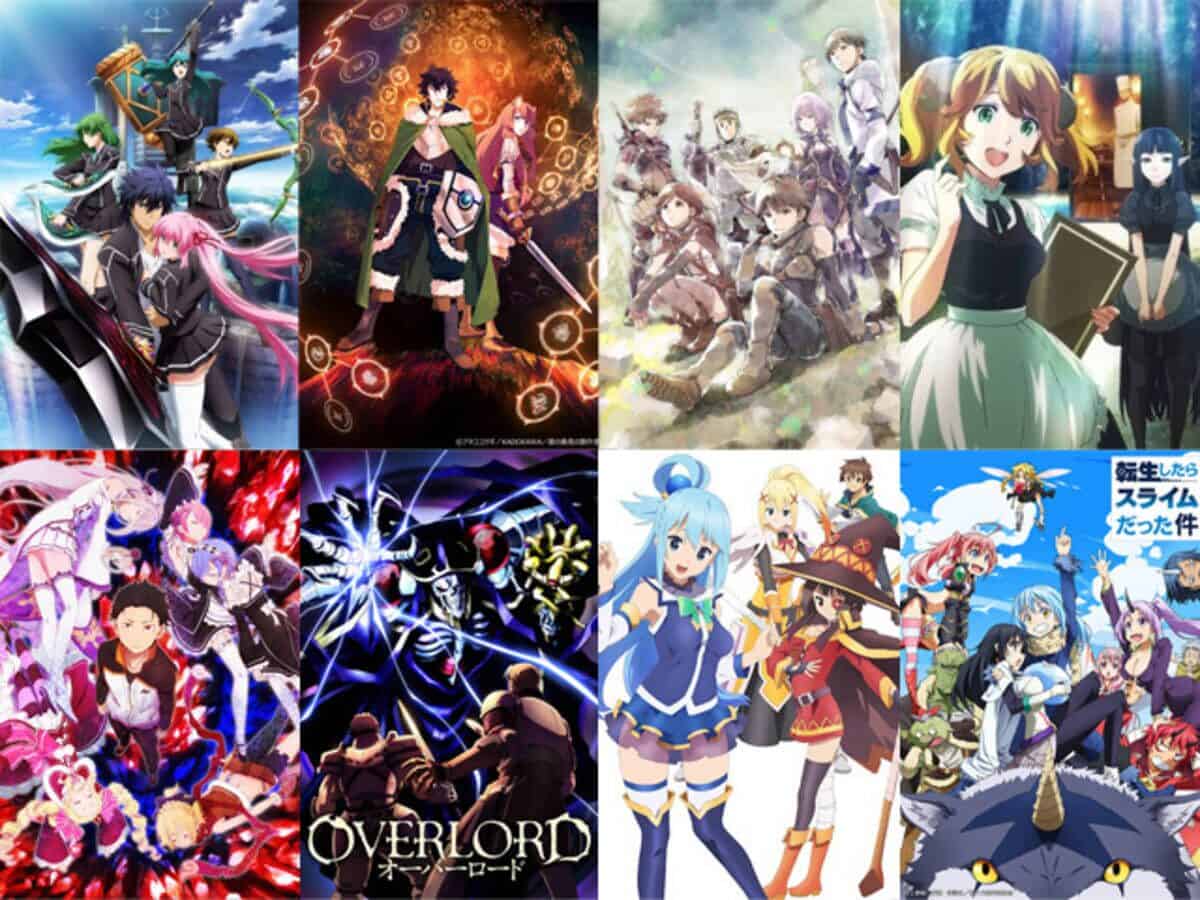





コメント